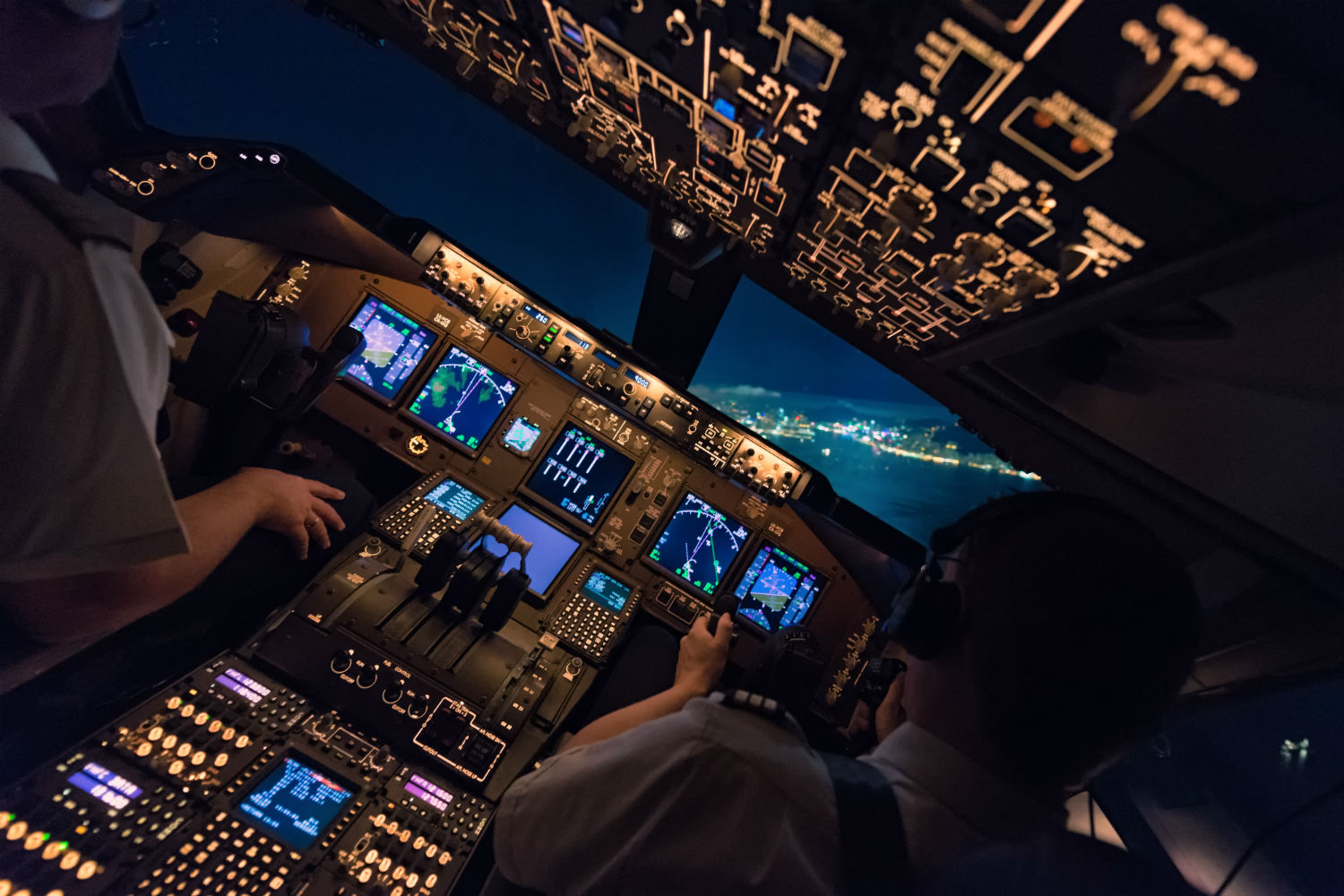Estimated reading time 3 minutes, 5 seconds.
Is it only a matter of time before video recorders are required aboard all commercial aircraft?
Kathy Fox, chair of the Transportation Safety Board of Canada (TSB), suggested as much Jan. 30 during an appearance before the Standing Senate Committee on Transportation and Communications.

“The International Civil Aviation Organization has signalled that it intends to move forward with a standard for video and image recordings in cockpits,” said Fox. “It simply hasn’t made its way in the international forum yet–but it’s on their horizon for sure.”
The committee is reviewing Bill C-49, the government’s package of draft amendments to the Canada Transportation Act and other statutes.
Mark Clitsome, a special advisor to Fox, explained that there have been “a number of investigations we have conducted over the years where if we had had video recordings, we would be able to determine better what the cause of the accident was.”
One example was the 1988 Swiss Air accident off Nova Scotia. The cockpit voice recorder which captured data up to five minutes before the crash, showed that as the pilots were conducting emergency drills, one said, “Look, there is smoke right there. Can you see it?”
Clitsome said the problem was that there was no indication of where “there” was. “If we had had a video recorder, we would have been able to determine much better and make sure the investigation had concluded a lot faster. . . . In the end, after almost five years of investigation, the board put out recommendations on the insulation on board that aircraft, because it burned and it was supposed to be fireproof. If we had known a couple of months after, when we had the video recorder, we could have put that recommendation out years earlier.”
Fox agreed that understanding root causes of problems is critical.
“We need to understand what is going on in . . . a cockpit,” she said. “A lot of that interaction is non-verbal. We won’t capture it on an audio recorder. We need to see, as Mr. Clitsome said–when we’re talking about smoke in a cockpit–where is it coming from? That allows us to pinpoint and really identify what the real cause of this accident was and what needs to be done to prevent this from happening again. We won’t have that information if we don’t have audio recordings and, preferably, supplemented by video to get a more complete picture of what was going on. We can’t fix what we can’t determine in terms of what was happening, the sequence of events and why.”









Should have been done seriously very way long before like the mil birds.